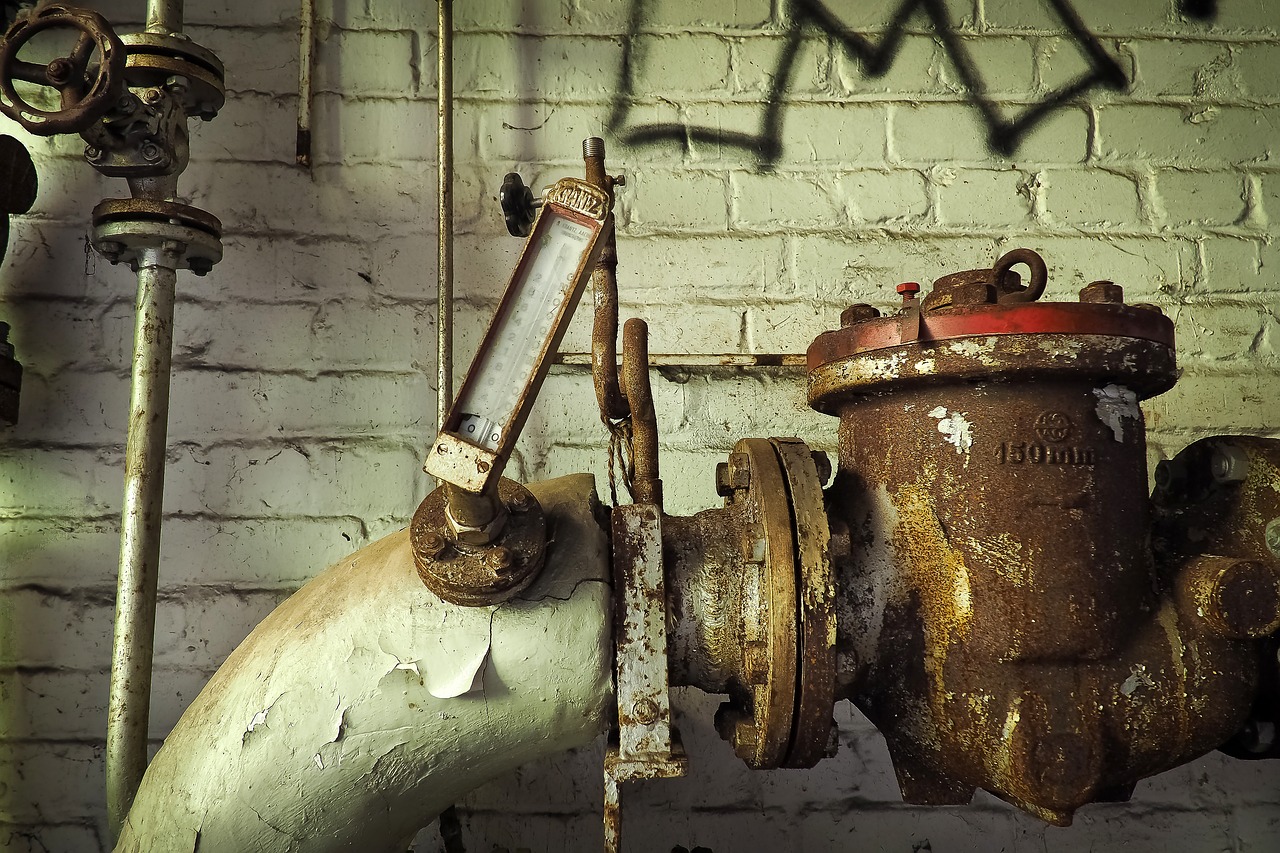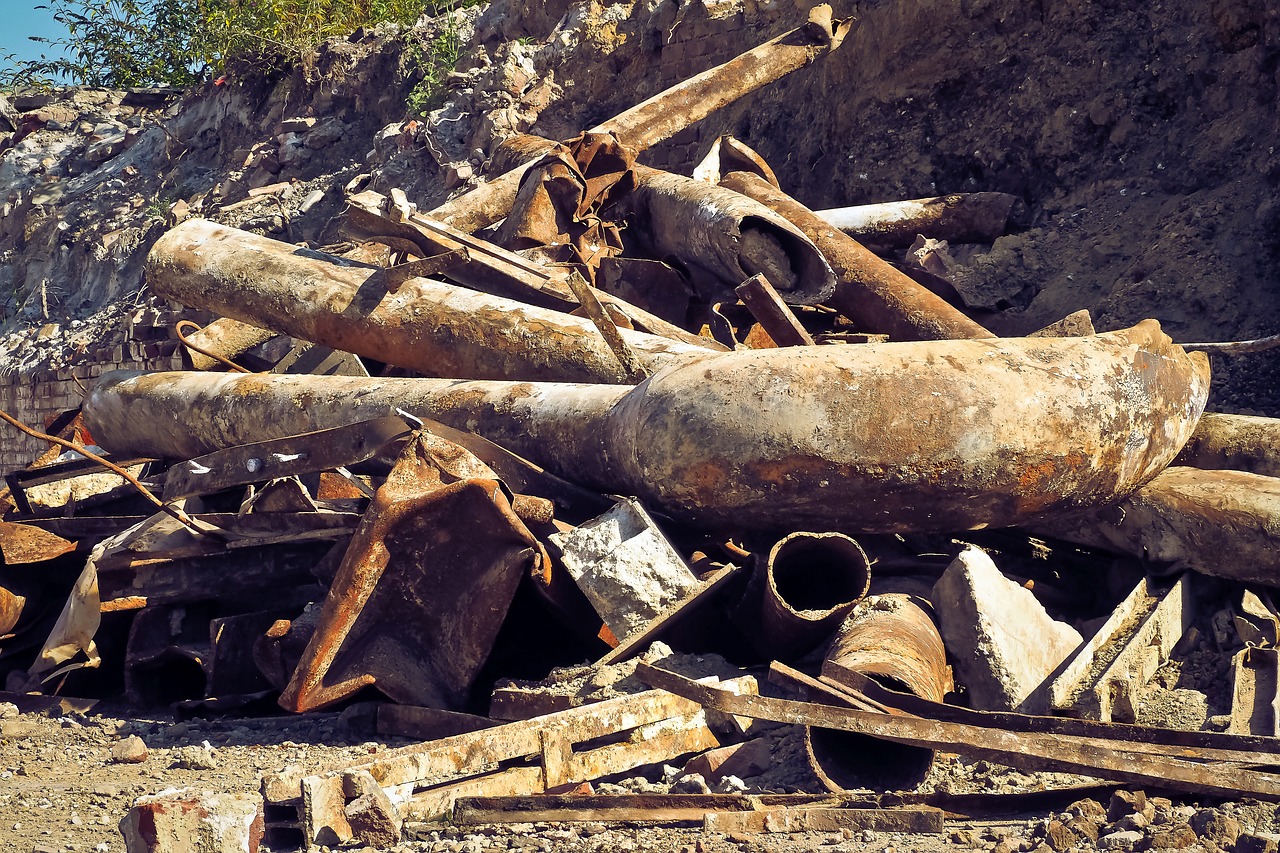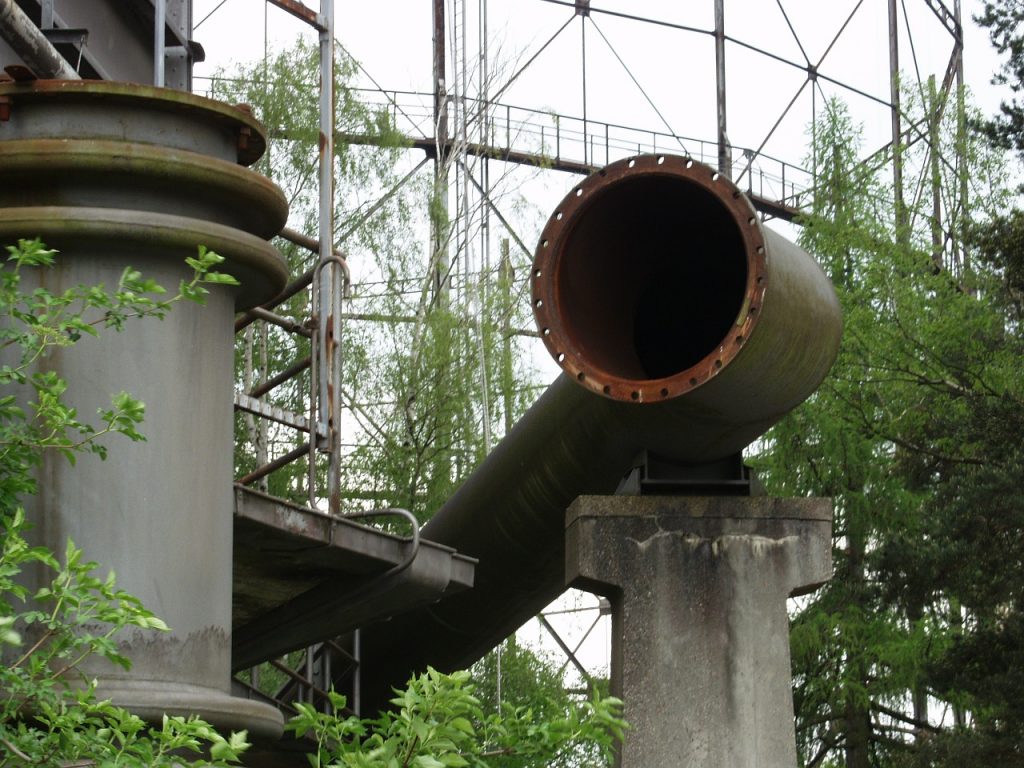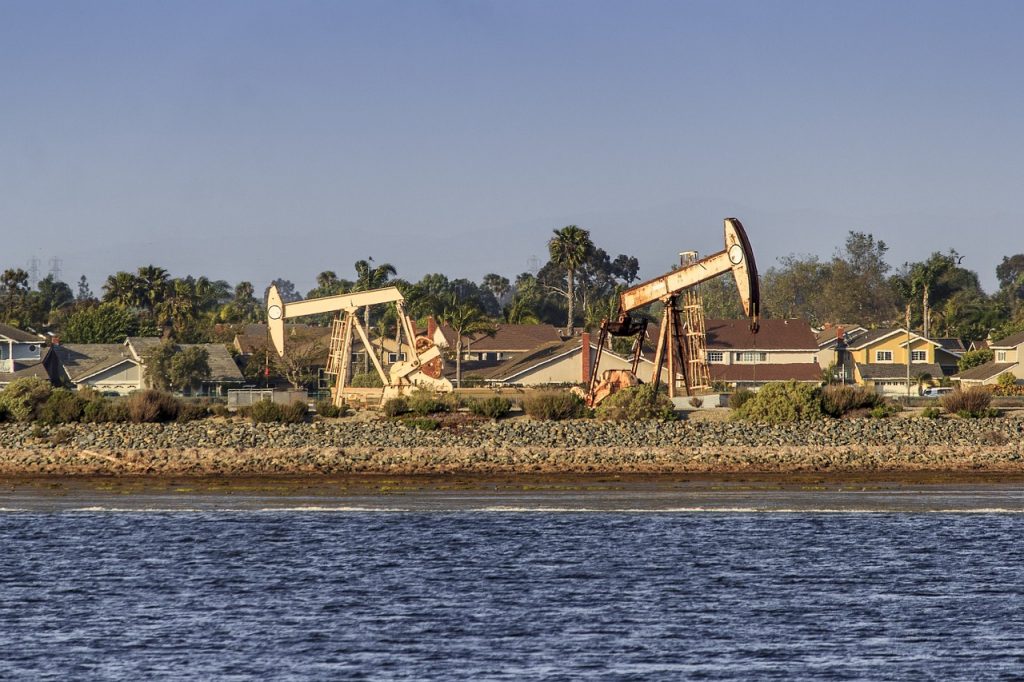Pipelines are well-known to be harmful to the environment. This is due to its responsibility of transporting hazardous substances, such as crude oil.
However, this is all for the sake of the industrial and energy sector to help their needs of energy.
That’s why maximizing the safety of the pipelines is the only option they have. So here are tips so you can reduce the chances for incidents in pipeline operations.
Know Your Pipelines
A good pipeline operator should monitor the pipelines transporting hazardous substances. But operators should not only simply monitor the pipelines, they should also know how they are designed and constructed.
That way, operating and maintaining these pipelines will be easier and go more smoothly. It will also help with preventing accidents and mitigate any damage if an accident is to occur.
Follow the International Standards
Besides knowing the design of the pipelines, operators should operate these pipelines in accordance to the international codes; they are there for a reason.
These standards and guidelines are proven and tested to improve the safety of pipelines. So there’s no reason to disobey them. However, that doesn’t mean you can’t go beyond.
Additionally, there are company specifications that should also be followed. All of this is to ensure that pipelines are as safe as they can be.
Consider Every Small Details
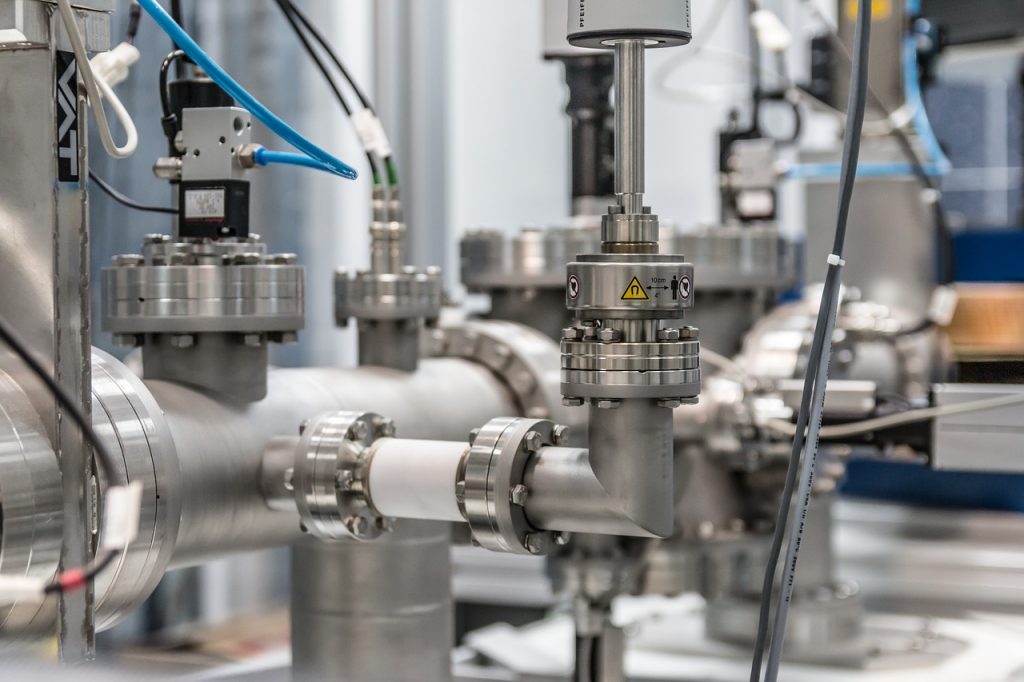
Even the slightest detail about the pipelines can changed the course of the job. It might even prevent accidents.
These small factors can include the quality of materials, depth of burial, impact protection, markings, wall thickness, and more.
So in addition to knowing the design, pipeline operators should also know the specifications of the pipelines they’re working with.
Perform Hazard/Risk Assessments
Operators should also test the pipelines once in a while. This is to ensure that the operation is using the best out of all the options available.
This is also necessary to learn how to mitigate, or possibly prevent, unusual circumstances or incidents.
Implement Emergency Plans

Emergency plans are useful for predicting future accidents and by knowing about them, employees or workers can figure out a way to resolve the issue beforehand. This will also help with avoiding circumstances such as panicking.
However, with an emergency plan, workers should already be prepared for anything that might happen. An emergency plan will be pointless if workers are unable to follow them.
Using the Proper Equipment
One of the contributing factors of pipeline safety is equipment. Just like with having worn out pipelines, using low-quality equipment will increase the chances of accidents.
It pays to remember that not all equipment is necessary for the safety of pipelines, and the equipment that are necessary, should be monitored regularly.
Monitor the Equipment
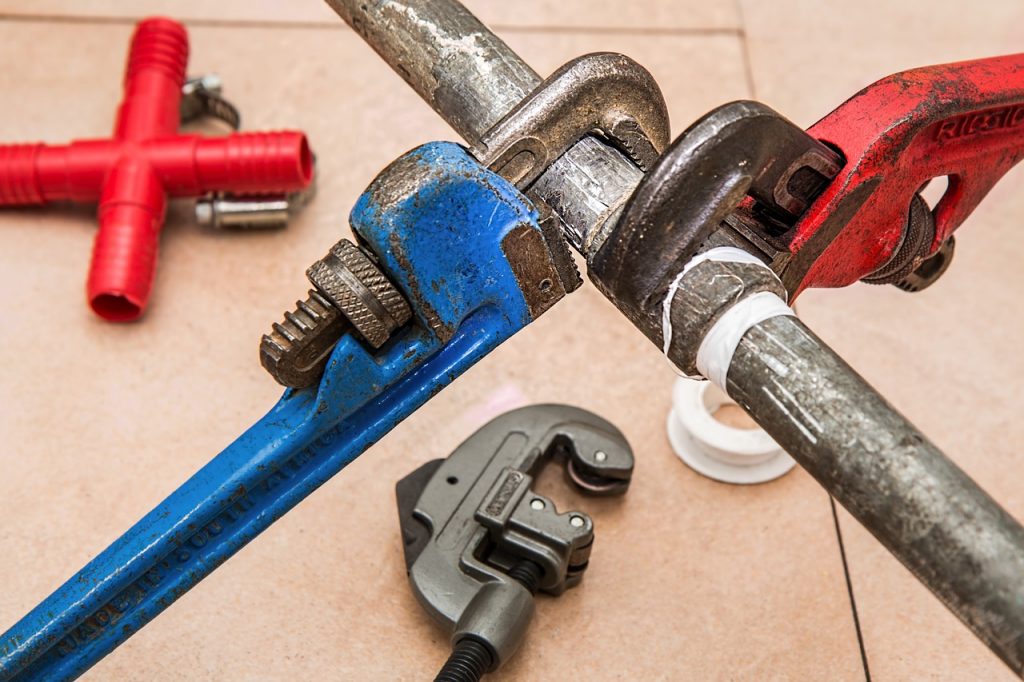
Monitoring the pipeline equipment should be done regularly. If not, a drop on productivity or accidents may occur.
The operating pressure and temperature should always be monitored. There should also be automatic shutdown systems in case the volume of dangerous substance is exceeding the normal amount.
Operators should also be able to know if equipment should undergo maintenance, or it needs to be replaced.
There you have it! Ten expert safety precautions to ensure your pipeline is not a threat for any near-misses. Do you have a set routine in place to prevent any safety hazards? We’d love to hear what they are!
Comments closed
